Author: Matt Del Fiacco
One of the challenges faced by home winemakers is the seasonality of ingredients, which leads some to make larger batches at a specific time in the year, while others rely on alternative juice sources to more regularly scratch the fermentation itch. One recipe that has gained a place of niche prominence is Dragon Blood.
Dragon Blood Wine was invented by David Land, who posted about it under his username dangerdave on the Wine Making Talk forum. Dave notes that Lon DePoppe’s Skeeter Pee was the first recipe he made himself and that Dragon Blood was built on both experimentation and the foundations established by other home winemakers. David describes Dragon Blood as a country fruit wine that is cheap, quick, and tastes good.
After sharing my experience making Sparkling Skeeter Pee, a question I received numerous times was if I’d tried making Dragon Blood Wine. I hadn’t, and given how much I enjoyed that batch of Skeeter Pee along with the positive reports from others, I decided to try my hand at making my own batch of Dragon Blood Wine.
| Making Dragon Blood Wine |
This being my first batch of Dragon Blood Wine, I stuck to Dave’s original recipe as closely as possible.
Dragon Blood Wine
Recipe Details
| Batch Size | Boil Time | IBU | SRM | Est. OG | Est. FG | ABV |
|---|---|---|---|---|---|---|
| 5 gal | 60 min | 0.0 IBUs | 41.2 SRM | 1.073 | 0.999 | 9.9 % |
| Actuals | 1.073 | 0.988 | 11.3 % | |||
Fermentables
| Name | Amount | % |
|---|---|---|
| Mixed Berries (Frozen) | 6 lbs | 30.77 |
| Lemon Juice (1 x 48 oz Bottle) | 3 lbs | 15.38 |
| Table Sugar | 8.75 lbs | 44.87 |
| Table Sugar (for backsweetening) | 1.75 lbs | 8.97 |
Miscs
| Name | Amount | min | Type | |
|---|---|---|---|---|
| Fermaid O | 3.00 tsp | 0 min | Primary | Other |
| Pectic Enzyme | 3.00 tsp | 0 min | Primary | Other |
| GoFerm Protect | 1.00 tsp | 0 min | Primary | Other |
| Wine Tannin | 1.00 tsp | 0 min | Primary | Other |
| Sparkalloid | 1.00 tbsp | 0 min | Secondary | Fining |
| Cheap White Zinfandel | 750.00 ml | 0 min | Secondary | Other |
| Potassium Sorbate | 3.00 tsp | 0 min | Secondary | Other |
| Potassium Metabisulfite | 0.25 tsp | 0 min | Secondary | Other |
Yeast
| Name | Lab | Attenuation | Temperature |
|---|---|---|---|
| Lalvin EC-1118 (EC-1118) | Lallemand - Lalvin | 75% | 45°F - 95°F |
Download
| Download this recipe's BeerXML file |
PROCESS
After a quick trip to the grocery store, I had all of the ingredients needed for Dragon Blood Wine.
I started off by mixing the yeast and GoFerm in a small amount of water then letting it sit while I put everything else together.
With the yeast rehydrating, I poured the lemon juice and 4 gallons of RO water into a sanitized fermentation bucket.
Next, I added the sugar to the solution and stirred with a sanitized spoon.
Once the sugar was fully dissolved, I took a hydrometer measurement showing the solution was at 1.073 OG.
At this point, I dissolved the tannin, pectic enzyme, and yeast nutrient in a small sample of the liquid then poured it into the fermenter.
I then added the frozen fruit to a sanitized muslin bag, which was then tossed into the fermenter and squeezed in order to work in the pectic enzyme, as recommended by Dave in his original post.
I pitched the reydrated yeast and GoFerm then used a degassing wand to aerate the solution.
The wine was covered with sanitized cheese cloth with the lid sat loosely on top and left to ferment in my 62°F/17°C basement.
The following day, I pulled the bag of fruit and gave it a good squeeze to release the juices, after which it was all added back to the fermenter and the wine was degassed.
Over the following 6 days, I repeated the fruit-squeezing and degassing daily, after which I secured the lid to the bucket, put an airlock in place, and left it alone for 2 more weeks before taking a hydrometer measurement showing fermentation was complete.
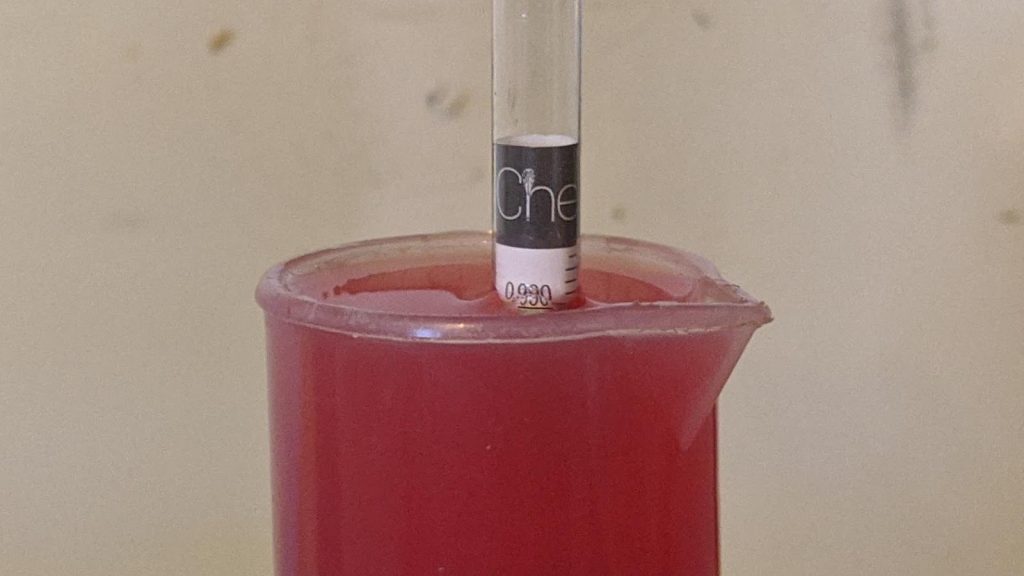
I proceeded to rack the Dragon Blood Wine off of the lees and into a sanitized carboy.
Once the carboy was filled, I prepared the Sparkloid and added it along with the sorbate and metabisulfite to the Dragon Blood Wine.
I then topped off the carboy with some cheap white zinfandel.
After two weeks, I boiled the backsweetening sugar in a small amount of RO water, poured the solution in a sanitized keg, then transferred the Dragon Blood Wine into the keg.
The keg was left in my keezer for a couple weeks to clarify before I attached a small amount of CO2 just to allow for serving from a tap.
| IMPRESSIONS |
The process of making Dragon Blood Wine felt closer to prison hooch than wine making, similar to my experience with Skeeter Pee. Admittedly, I was somewhat skeptical of how this stuff would turn out, but I was pleasantly surprised with the final product. Despite being around 11% ABV, I didn’t perceive a hot booziness in this Dragon Blood Wine, just a pleasant generic berry character that made it quite easy to drink.
After drinking a few samples of the still Dragon Blood Wine, I burst carbonated it to see how a little fizz might change its character. In my opinion, the carbonated version was a notable improvement, particularly in that it compensated a bit for the thin body of the wine.
Overall, my experience making Dragon Blood Wine was largely positive, and I can definitely see how it would appeal to those looking for a quick and easy fruit-forward boozy beverage. While I won’t be making this stuff regularly, in part because there are other things I like more (like Skeeter Pee), the next time I do, I’ll likely bump the acidity up a bit by adding more lemon juice, and I’ll definitely be carbonating it. As David mentions, the beauty of Dragon Blood Wine is that changes can be made to suit the drinkers preference, so if nothing else, I recommend giving a shot to see if it’s for you!
If you have thoughts about this recipe or experience making something similar, please feel free to share in the comments section below!
Support Brülosophy In Style!
All designs are available in various colors and sizes on Amazon!
Follow Brülosophy on:
FACEBOOK | TWITTER | INSTAGRAM
If you enjoy this stuff and feel compelled to support Brulosophy.com, please check out the Support page for details on how you can very easily do so. Thanks!

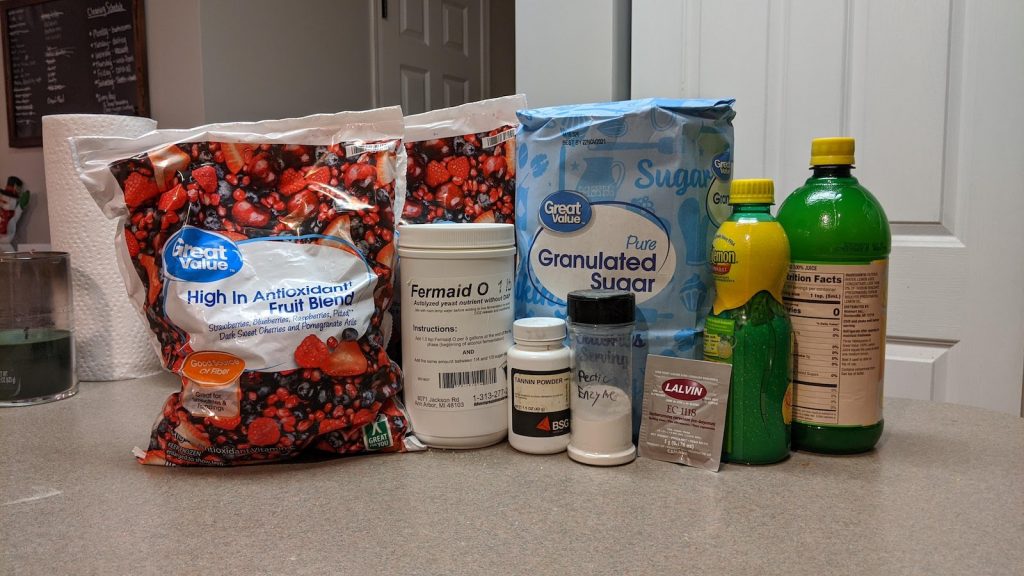
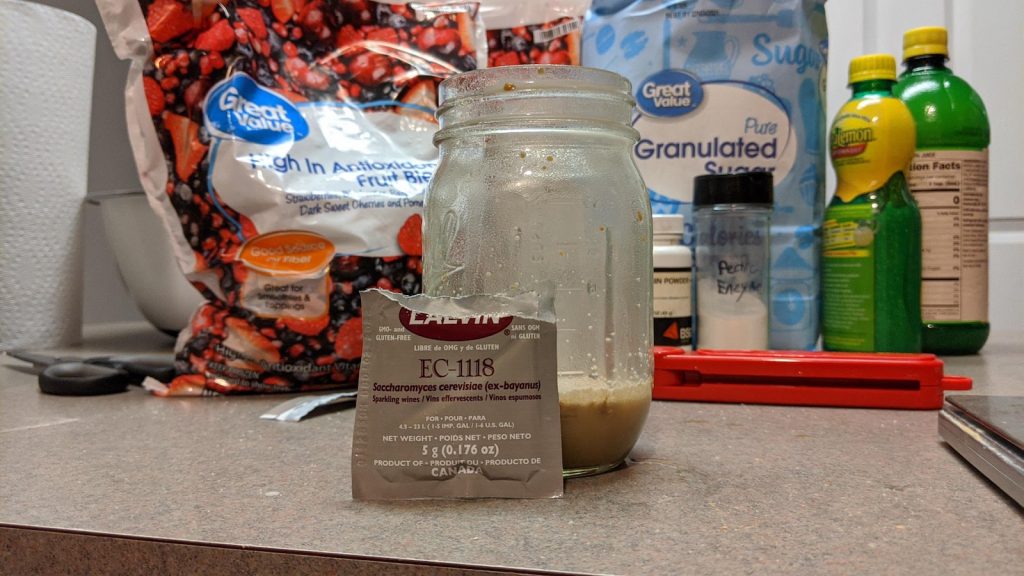
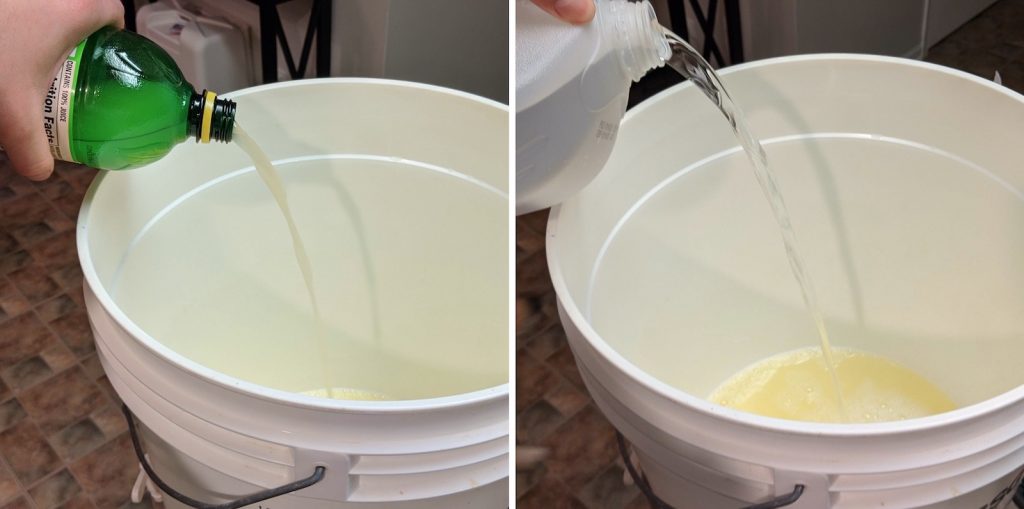
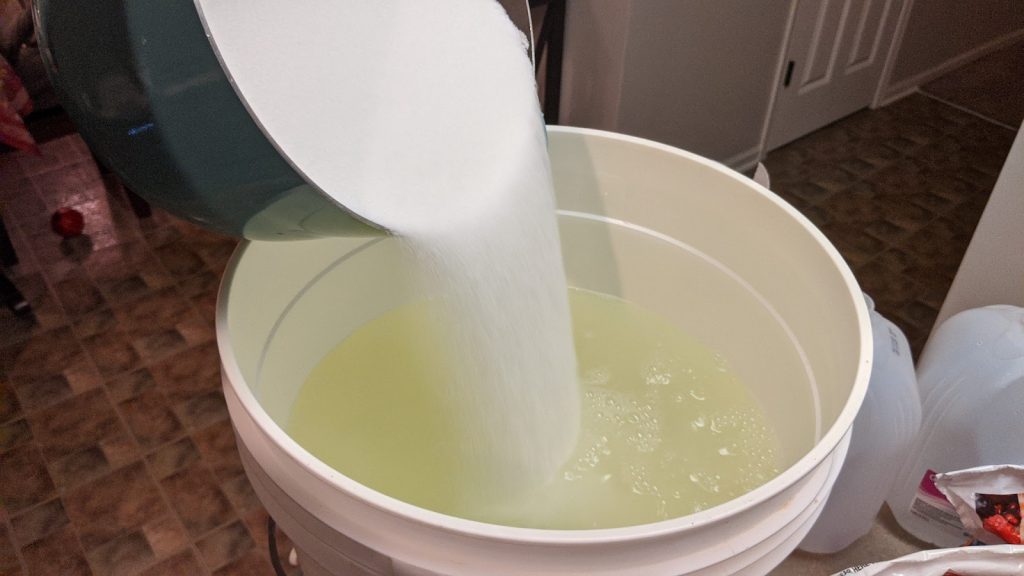
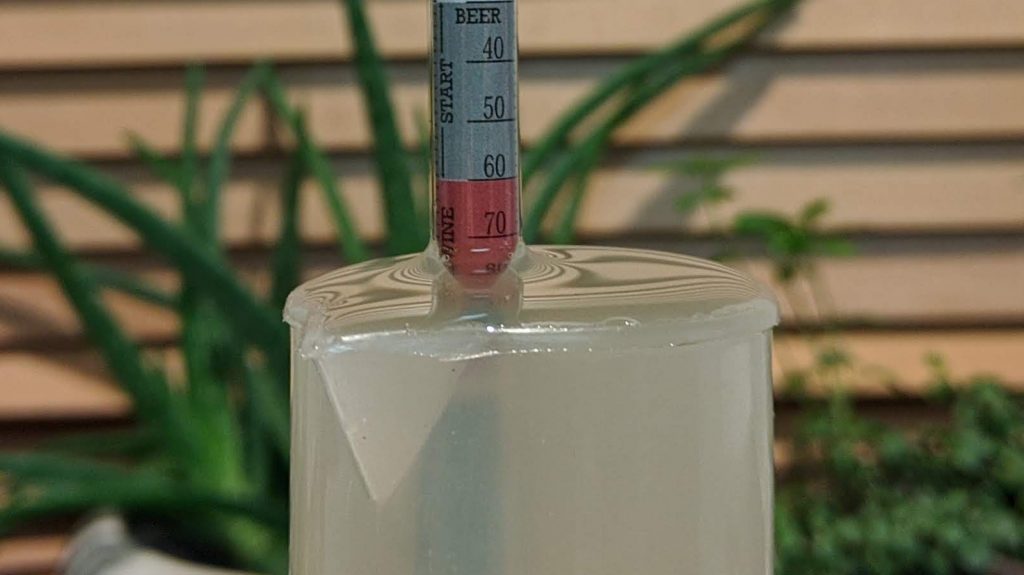
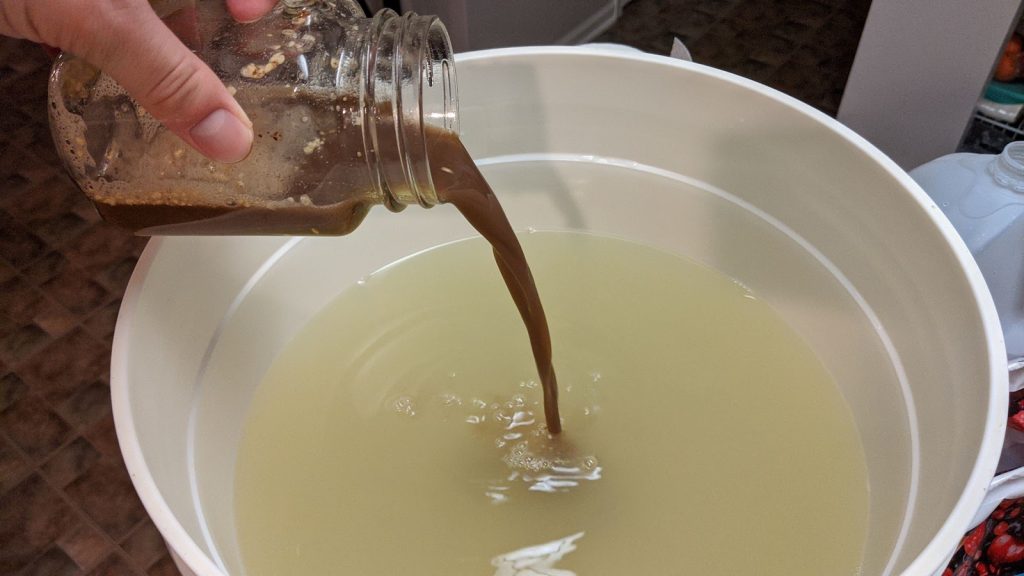
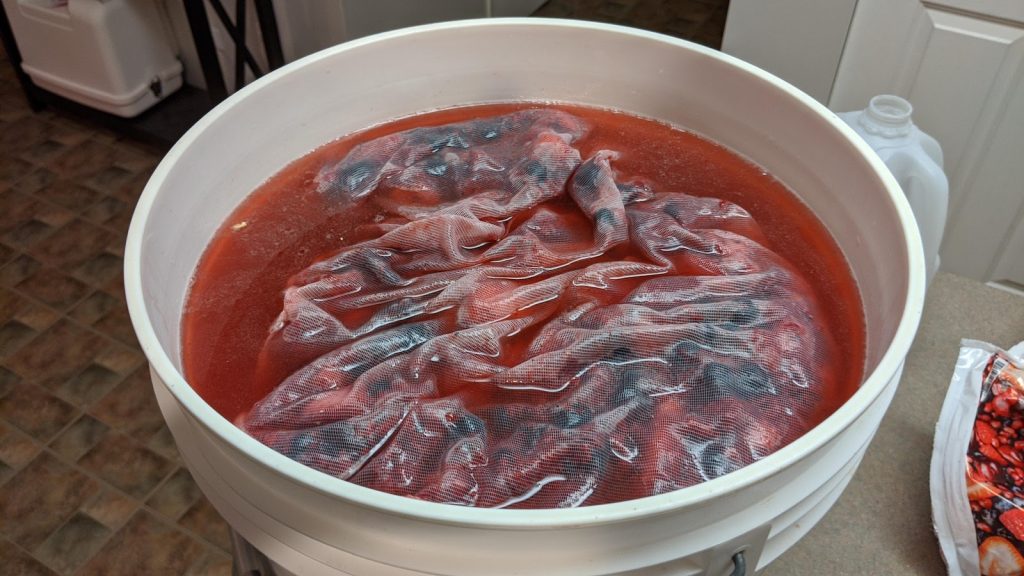
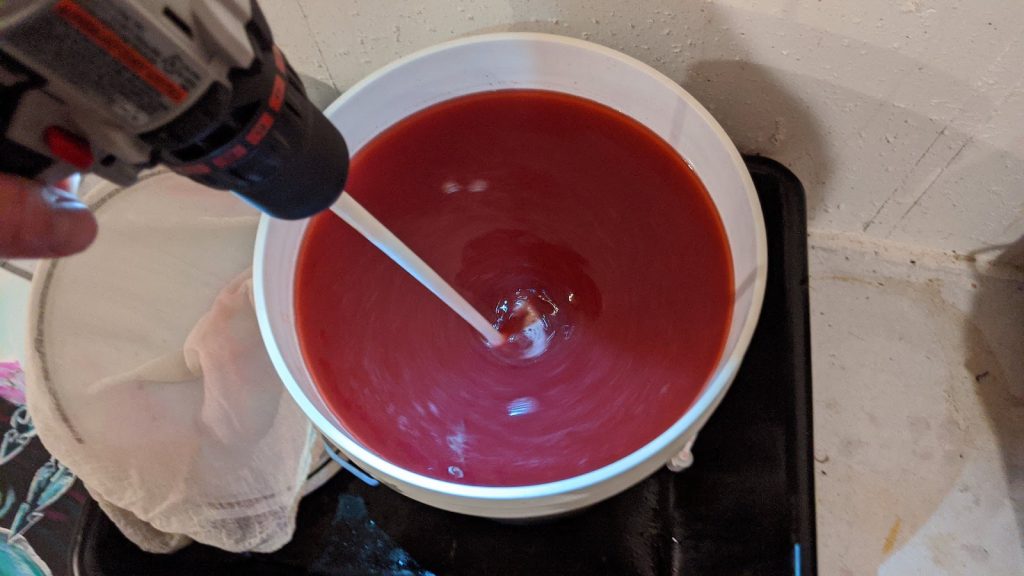
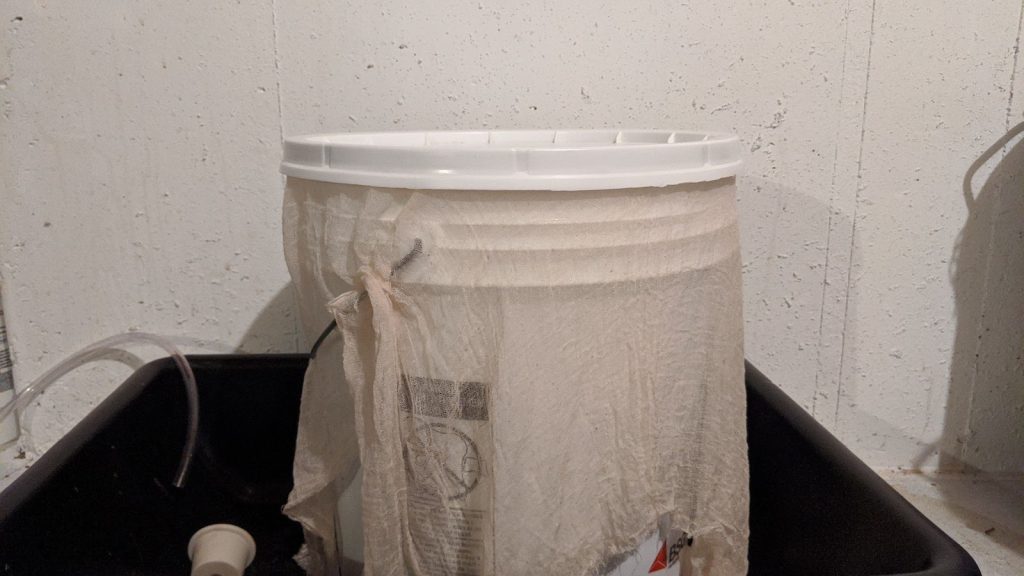
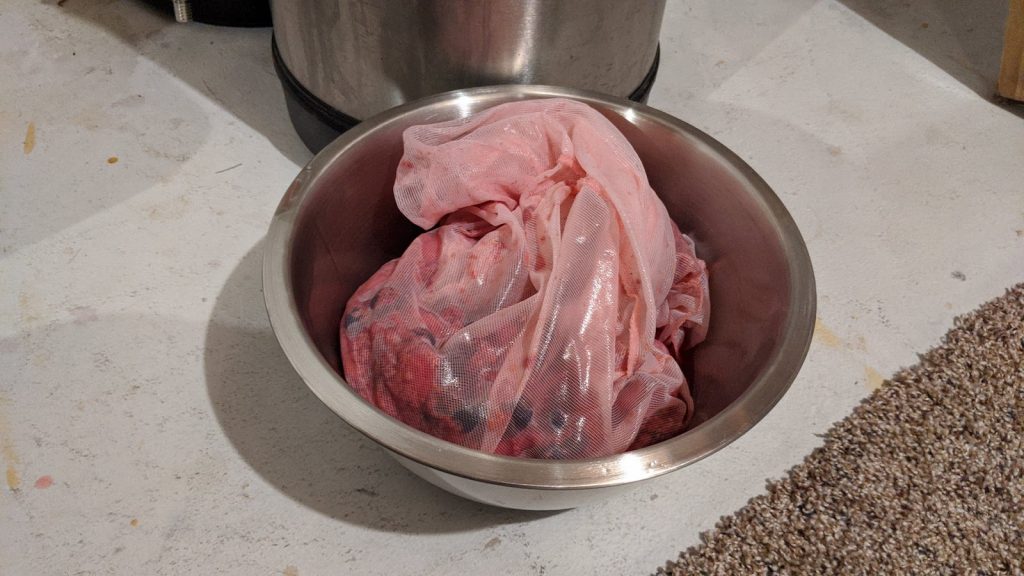
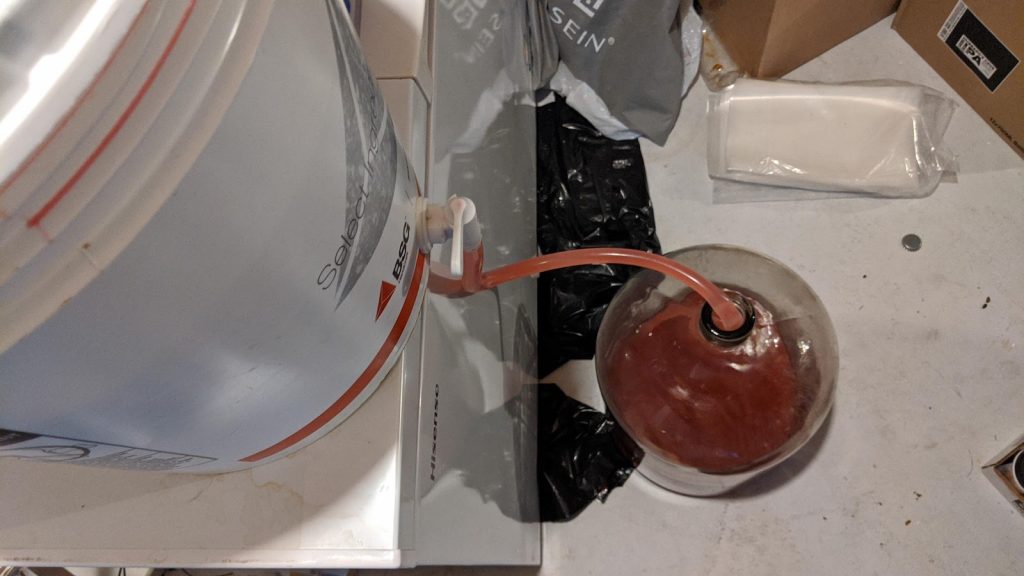
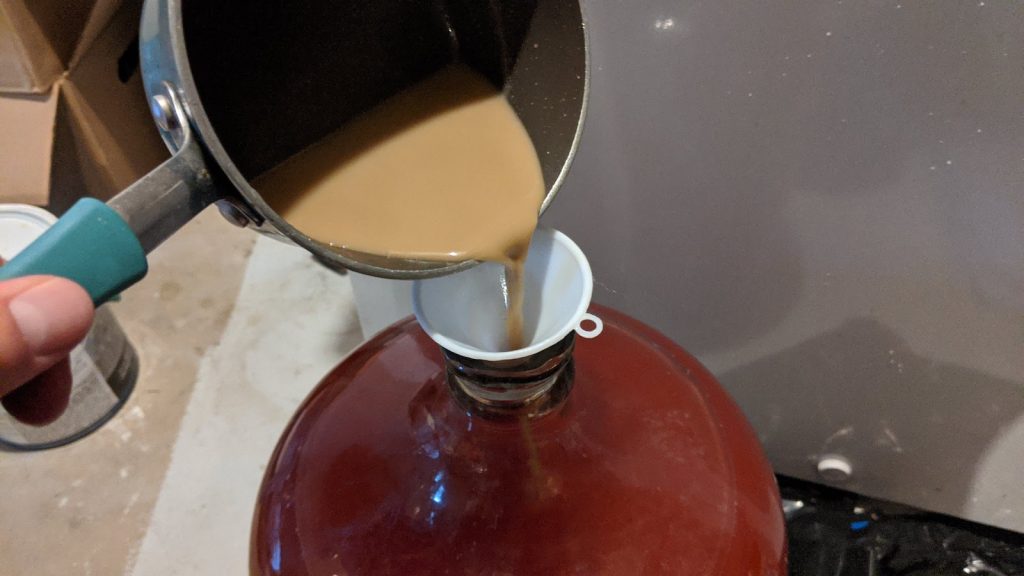
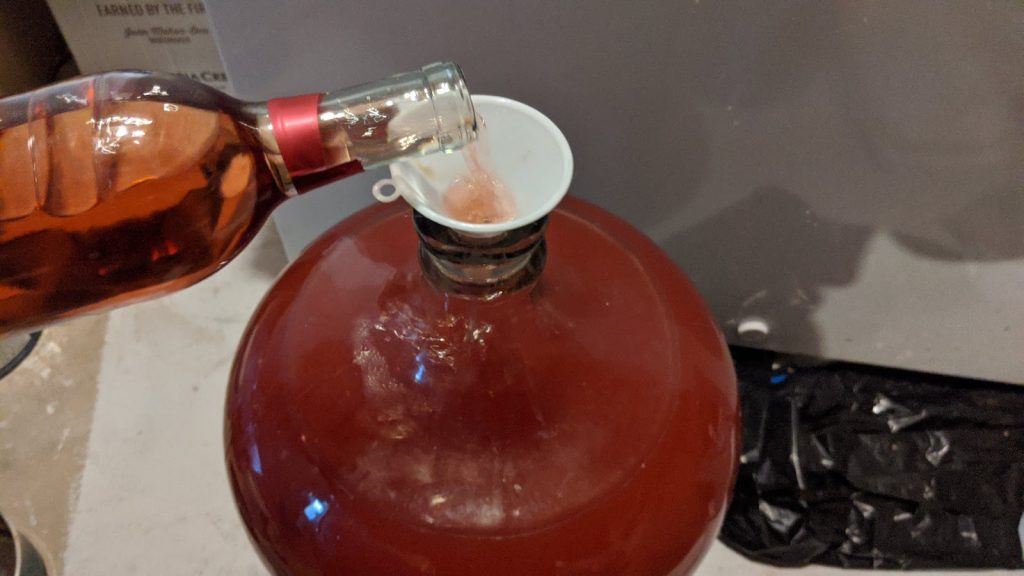
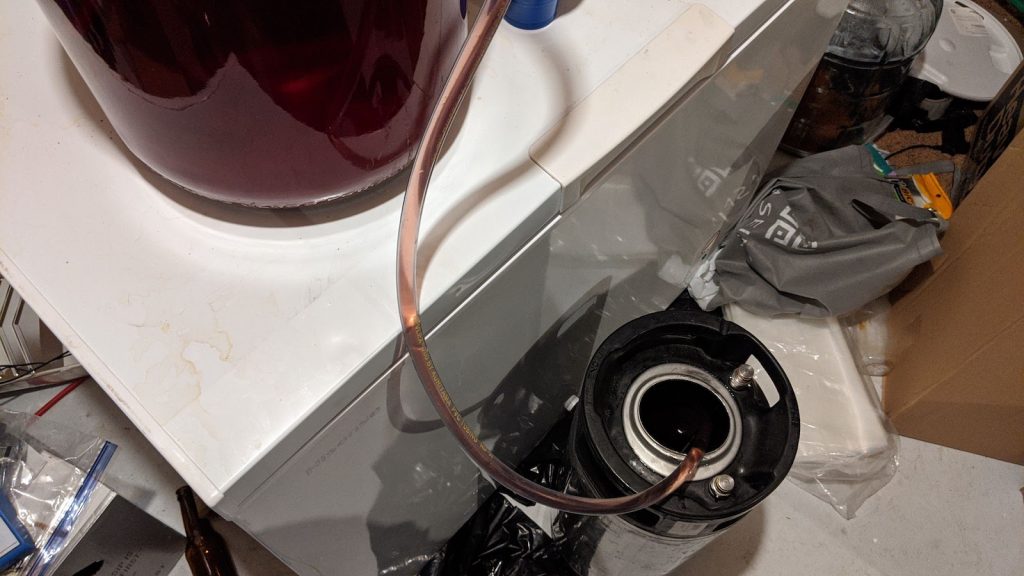
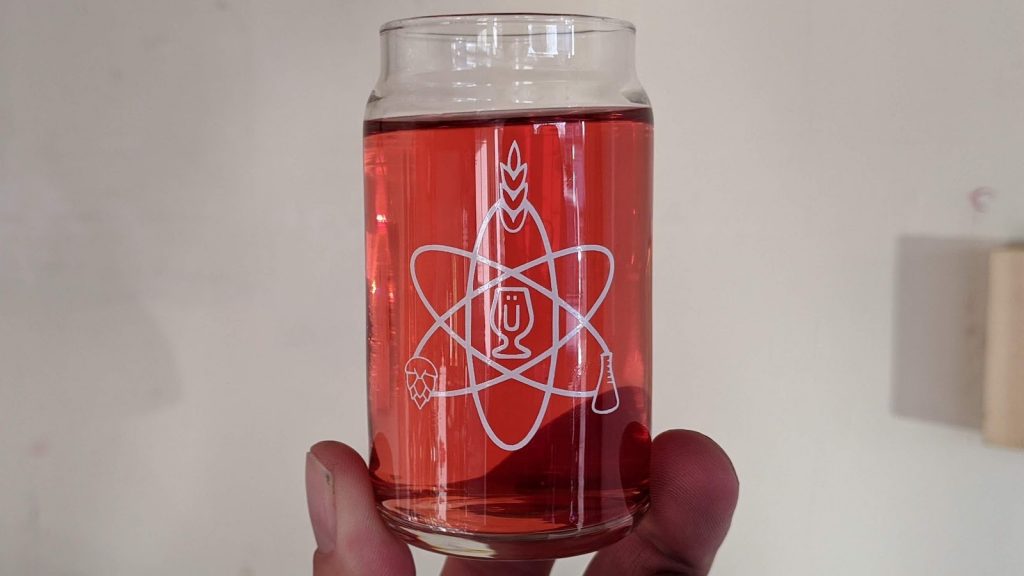











10 thoughts on “Brü It Yourself | Dragon Blood Wine”
what is your skeeter pee recipe?
Hey Aaron, here’s a link to my write-up of making Skeeter Pee.
I followed Lon DePoppe’s recipe guidance with some slight tweaks:
– 7 lbs sugar in primary
– 2.3 lbs sugar for backsweetening
– 3 32 ounce bottles of lemon juice (2 in at pitch, one added during fermentation)
– Go-Ferm, Fermaid K for nutrients and rehydration ofyeast
– EC-1118 Yeast
– Kmeta and Ksorbate for stablizing prior to backsweetening
– Super-Kleer for fining
cool. thanks. have you tried backing off to more like 5% abv or does that ruin it?
Hadn’t hear do this before, but it sounds intriguing. As someone who doesn’t (yet?) keg, I’m curious what your thoughts would be on skipping the backsweetening, but bottle conditioning it to get some fizz.
Can a plastic carboy be used for this? I don’t make wine but believe a glass carboy is necessary.
i also wondered if we can go from beer to wine and back in PET carboys without carryover? i go between code and beer with no issues
I’ve been making beer for years. I’ve made wine a couple of times and left the sulfites out (was using frozen grape concentrate). Turned out decent white table wine.Had no issues related to not using sulfites, when consumed within a couple months. I note you used sulfites, and I guess it was due to the berries. Would you consider doing without sulfites? I’d think that the acidity and the quick rise in alcohol levels would be prevention enough for nasties. Your thoughts?
My thoughts are that you want to sulfite and sorbate before backsweetening. If you don’t backsweeten, then you might be fine to leave them out.
What was the reasoning for putting a cheese cloth on the primary rather than just attaching the lid with an airlock?
This is a comment on Bru articles in general, but since you have a close-up shot and it’s always on my mind, I’m asking now. Why do you guys read your hydrometer at the top of the meniscus in some cases? The proper approach is to read it at the horizontal level of the liquid, not the top of the meniscus. When read incorrectly, you are recording your SG low. The lines aren’t shown for the OG, but it appears that you read the 1.073 correctly (top of meniscus around 1.070). However, the FG photo clearly shows that the SG is 0.990, not 0.988. When you’re consistently off by a certain amount, there’s no impact to the ABV or total SG point drop. In this case, you were not consistent, so it appears that you overstated your ABV by about 0.25%.